Programmi e Bollettini Ufficiali
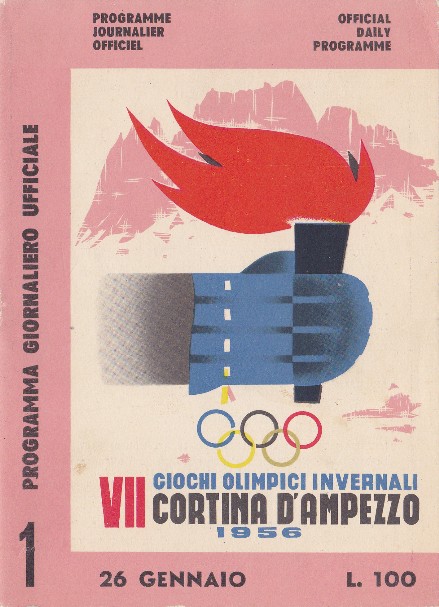


La pubblicazione del programma giornaliero, per il quale fu prevista una tiratura di 10.000 copie, in opuscolo di sedici pagine, non fu un problema di facile soluzione, non esistendo in Cortina un complesso tipografico di sufficiente potenziale. Il programma doveva essere allestito difatti, durante la notte, nel limite di cinque-sei ore di tempo, per essere posto in vendita alle sette del mattino, pur dovendo contenere i dati delle ultime partite di hockey, terminati, alcune volte, oltre l'una della notte. Per risolvere il problema furono interpellate due ditte residenti fuori Cortina, rispettivamente a Padova ed a Feltre; ma per ragioni di varia natura ambedue queste soluzioni furono scartate dopo approfondito esame. Furono perciò riprese le trattative con l'unica tipografia locale che, pur avendo una discreta attrezzatura, non era tuttavia in grado, sia per altri impegni, sia per insufficienza di macchine e di spazio, di assumere la stampa del programma giornaliero, senza provvedimenti di carattere strardinario. Sotto l'impulso del Comitato organizzatore, la Cooperativa Tipografica offri di risolvere il problema, acquistando in proprio un certo numero di macchine, da installare però in locali diversi da quelli dello stabilimento, perché in essi non v'era spazio sufficiente. Il Comitato organizzatore si assunse pertanto l'incarico e l'onere di procurare i locali per tutto il periodo necessario: essi furono reperiti nel pianoterra del Residence Palace, ancora in costruzione.
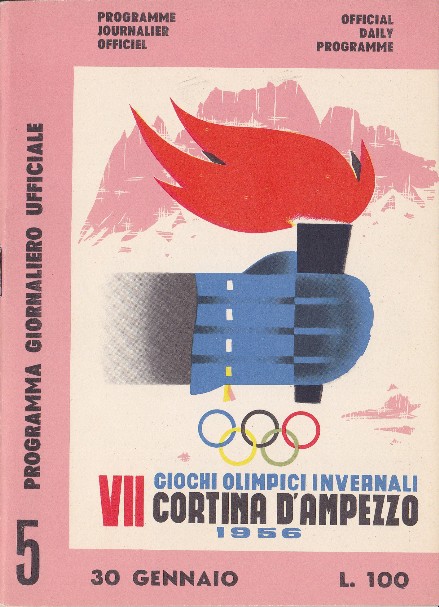
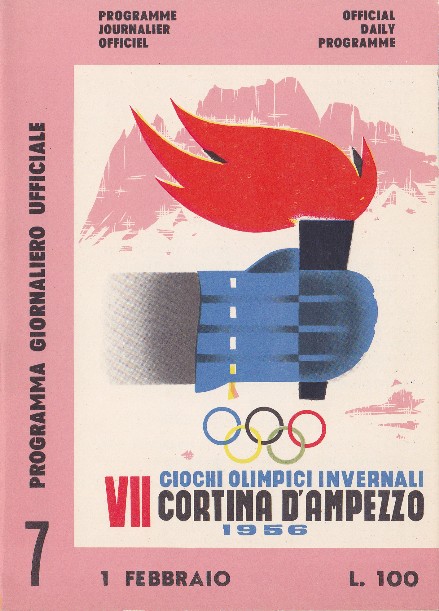
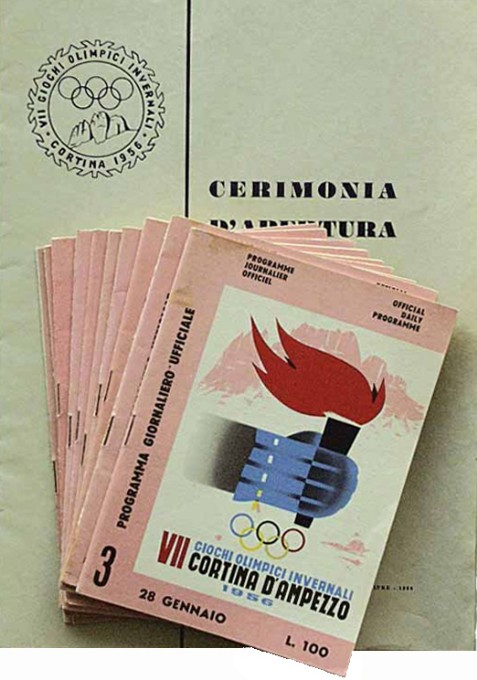
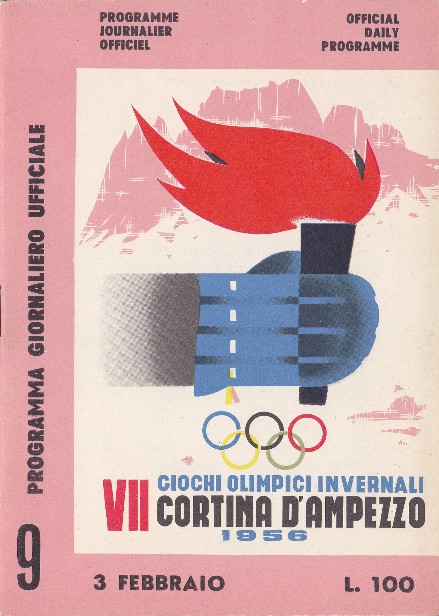
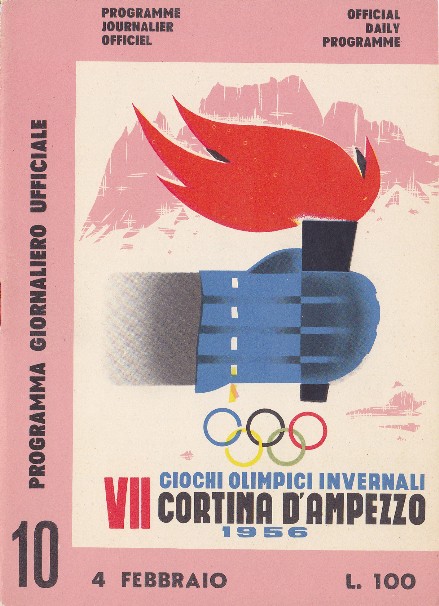
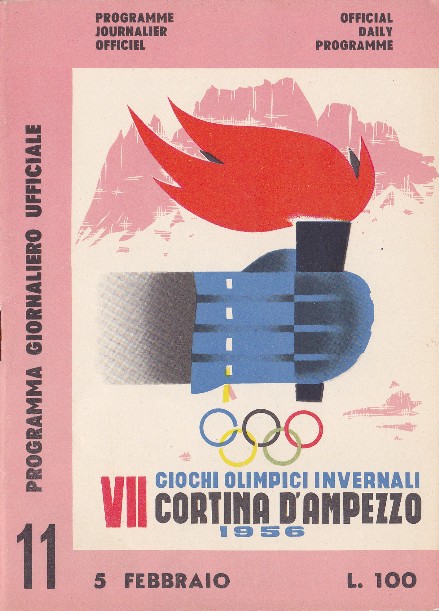
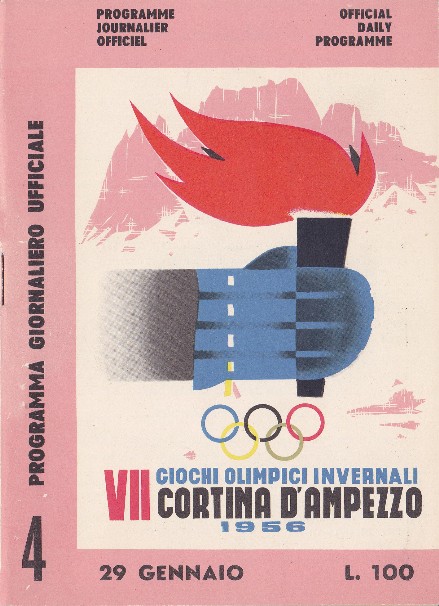
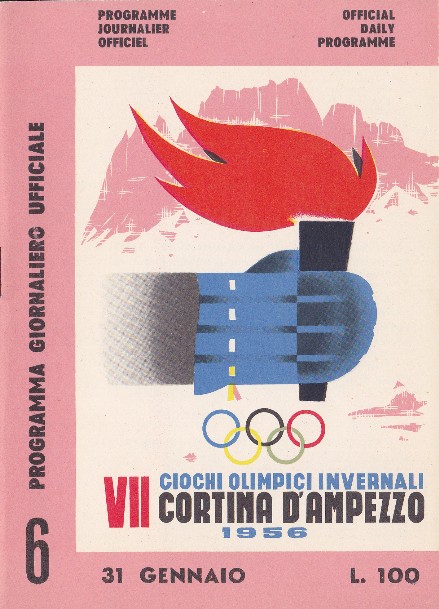
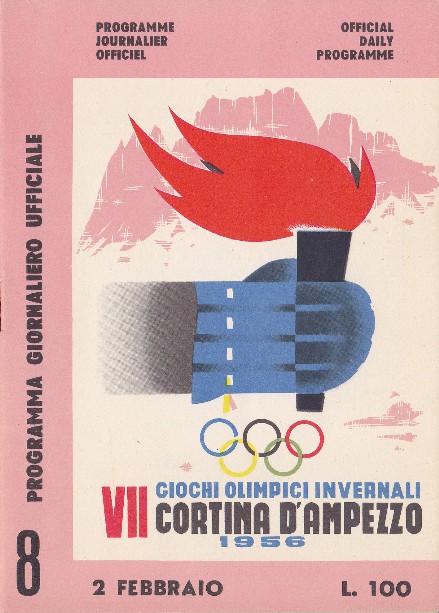



L'altro bozzetto vincitore del concorso per il «simbolo», di cui è autore l'artista Bonilauri, di Genova fu assunto come copertina del Bollettino ufficiale dei Giochi, di cui il primo numero apparve nell'agosto del 1954. Era redatto in cinque lingue: italiano, francese, inglese, tedesco e spagnolo e veniva distribuito a tutti gli enti sportivi interessati, nazionali ed internazionali, nonché ai membri del C.I.O. Ne uscirono in complesso otto fascicoli variamente illustrati e documentati. Fra l'altro riportarono i primi sei classificati di ogni gara di tutti i precedenti Giochi invernali e le immagini dei rispettivi vincitori. Un fascicolo speciale del Bollettino, il nono, uscì immediatamente dopo la conclusione dei Giochi, riportando tutte le classifiche di Cortina e un prospetto generale contenente i nomi dei primi sei classificati per ciascuna gara. Di ogni numero furono stampate cinquemila copie; venivano spedite gratuitamente a chiunque ne facesse richiesta.





